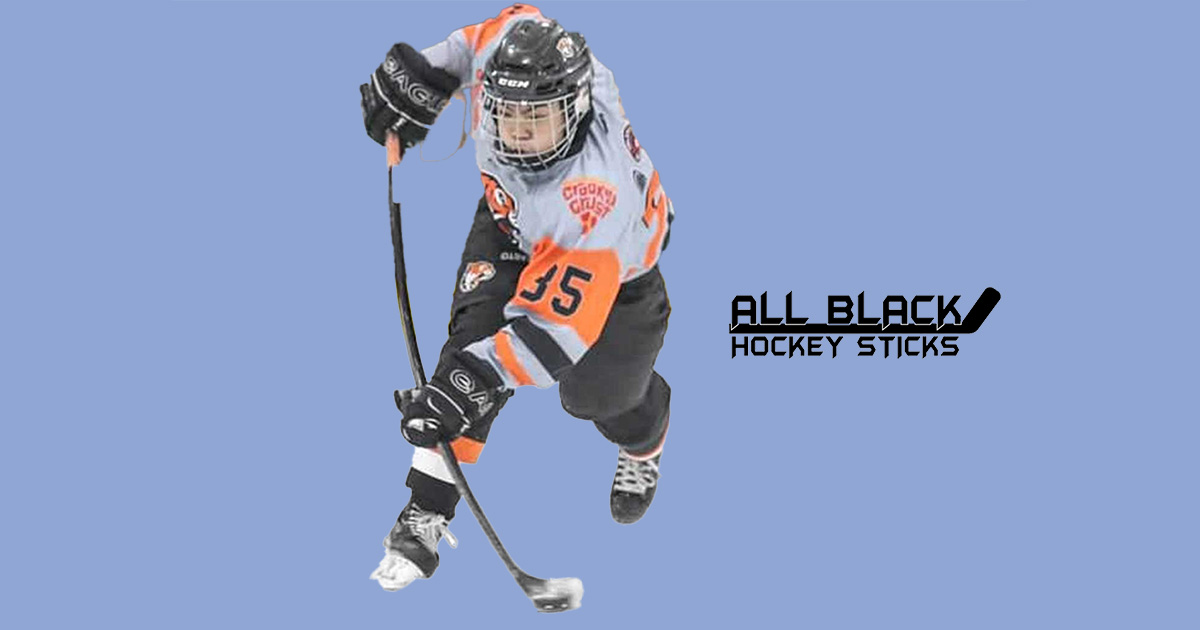Choosing the Right Blade Pattern Based on Position, Play Style, and Skill Level
Selecting the best blade pattern involves understanding how your position, playing style, and skill level affect your game. Here’s a detailed guide to help you make an informed decision when choosing an ABHS stick.
Player Position
1. Forwards:
- Toe Curve: Ideal for quick-release shots and agility.
- Mid Curve: Offers versatility for various shots and maneuvers.
- Best Blade Patterns: AB28 (Toe Curve), AB8 (Mid-Toe Curve)
2. Defensemen:
- Heel Curve: Provides powerful slap shots and backhand control.
- Mid Curve: Balanced performance for both defense and offense.
- Best Blade Patterns: AB5 (Heel Curve), AB23 (Heel Curve), AB88 (Mid Curve)
3. All-Around Players:
- Mid Curve: Versatile for different types of shots and puck handling.
- Best Blade Patterns: AB88 (Mid Curve), AB92 (Mid-Toe Curve)
Play Style
1. Snipers:
- Toe Curve: Quick-release shots and precision.
- Best Blade Patterns: AB28, AB8
2. Playmakers:
- Mid Curve: Balanced for passing and shooting.
- Best Blade Patterns: AB88, AB92
3. Power Shooters:
- Heel Curve: Enhanced power for slap shots.
- Best Blade Patterns: AB5, AB23
Skill Level
1. Beginners:
- Mid Curve: Offers a good balance for learning different shots.
- Best Blade Patterns: AB88, AB92
2. Intermediate:
- Mid-Toe Curve: Enhances shooting skills and puck control.
- Best Blade Patterns: AB8, AB92
3. Advanced:
- Toe Curve and Heel Curve: Tailored for specific, advanced skills in shooting and handling.
- Best Blade Patterns: AB28, AB5
Summary
Understanding your position, play style, and skill level is essential in selecting the right blade pattern. For quick, agile forwards, toe curves like AB28 and AB8 are ideal. Defensemen looking for power and control should opt for heel curves like AB5 and AB23. Versatile players benefit from mid curves like AB88 and AB92, which cater to a range of shots and handling styles. Beginners should start with balanced mid curves, while intermediate and advanced players can choose patterns that enhance their specific strengths.
Visit the ABHS Blade Comparison page to find your perfect blade pattern and elevate your game on the ice.

